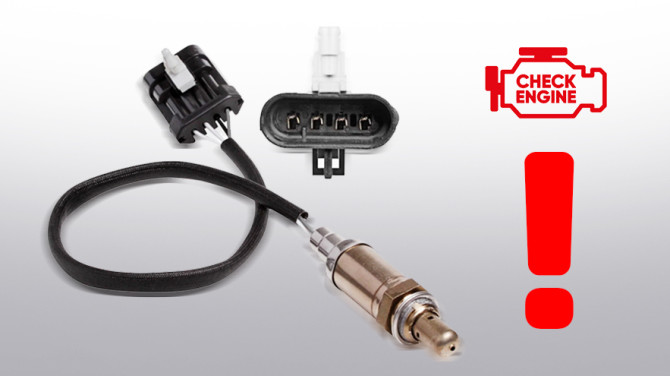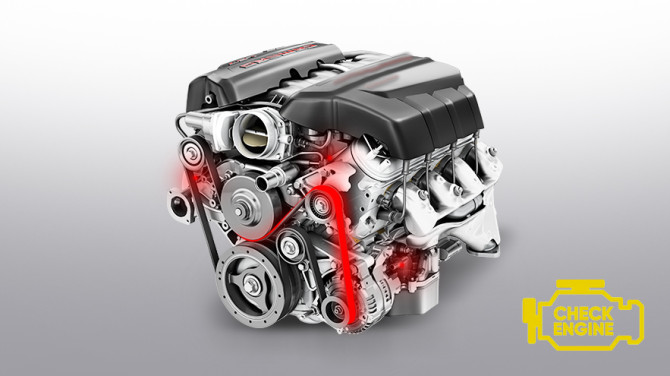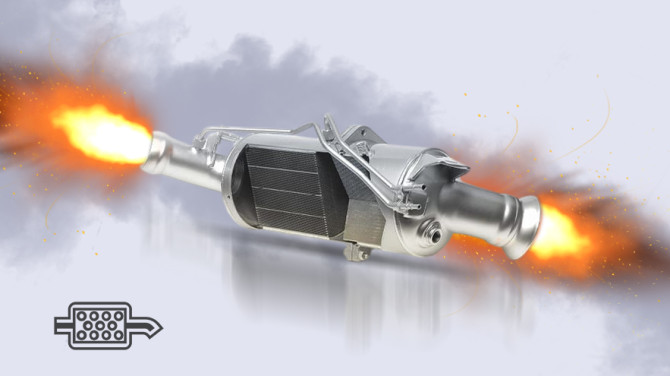Why Steering Rack Tie Rod Ends Wear Out and How to Replace Them

The steering linkage connects the steering mechanism to the wheels and is responsible for transmitting the force required to turn the wheels. While the steering mechanism is statically mounted on the chassis, the wheels are in a resilient suspended state.
End Joint Construction
Connected to the tie rod shafts using internal tie rod ends, the middle tie rod is attached with ball joints. The outer tie rod end connects to the steering knuckle using an external tie rod end. The tie rods need to move vertically, and without the joints, they would be unable to function properly on uneven road surfaces.
Structurally, tie rod ends are similar to human joints: a ball rotates within a semi-spherical housing with a bushing and special grease preventing metal friction, allowing the joint to rotate at a specific angle. Ball joints prevent wear and deformation of rubber bushings. This design ensures a tight connection between moving and solid parts of the drive.
Tie rod ends are durable and long-lasting, with steel fingers and wear-resistant metal inserts. The housing is anodized for reliable corrosion protection.
Why Do Reliable Components Fail?
Despite the reliability of these elements, steering linkages are among the most vulnerable components of a car. The most common cause of tie rod issues is driver-related: impacts with stones or curbs at high speeds can lead to deformation. Another prevalent cause is damage to the protective cover, allowing moisture or road debris inside the joint, leading to rapid deformation. These are the primary reasons for malfunction that prompt drivers to seek specialized auto service.
Consequences of Tie Rod End Faults
If the tie rods are bent, this malfunction can cause other issues. Misalignment problems arise, leading to the separation of the inserts and the breakage of the tie rod end. In cases where a vehicle strikes an obstacle at high speed, it is necessary to visit a repair shop where experts will check the correctness of the tie rod geometry.
Symptoms of Tie Rod End Faults
Faults in tie rod ends manifest in various ways:
- Pedal Feedback: The car "bounces" when pressing the pedal.
- Noise: Noise in the wheel area when turning on uneven roads.
- Effortless Steering: The steering wheel turns without noticeable effort.
- Alignment Issues: Problems with alignment adjustments.
When tie rod ends are worn, the play during the rocking of the tie rods will be more significant than the permissible 1.5 mm.
Important Note: Restoration of the part is possible but not recommended, as the restoration will not yield the expected result. In a service center, the bushing will be replaced, but the ball joint will remain old. The bushing still needs to be pressed, and as a result, the tie rod end will produce a knocking sound.
How to Replace Tie Rods and Tie Rod Ends
When tie rod ends are faulty, replacement is necessary. Here's what you need to do:
- Lift the vehicle with a jack and remove the front wheels, locking the steering wheel.
- Loosen the fixing nuts that attach the tie rod end to the tie rod.
- Remove the cotter pin.
- Remove the nut between the tie rod end and the steering knuckle.
- Use a ball joint remover to extract the tie rod end.
- Before disassembly, leave a mark indicating the level of screwing.
- After disassembling the inserts, unscrew the tie rods.
Important: After all the work is done, perform wheel alignment. Ignoring this rule will result in uneven tire wear, making it difficult to steer the vehicle. For any intervention in the steering system, alignment adjustment is necessary.
The replacement will pose no questions if:
- Specialized tools are used.
- Quality new tie rod ends and tie rods are available.
At an auto service, these tasks are performed quickly and affordably. If you lack experience in car repair or do not have the necessary special tools, contact a workshop specializing in steering system repair.







